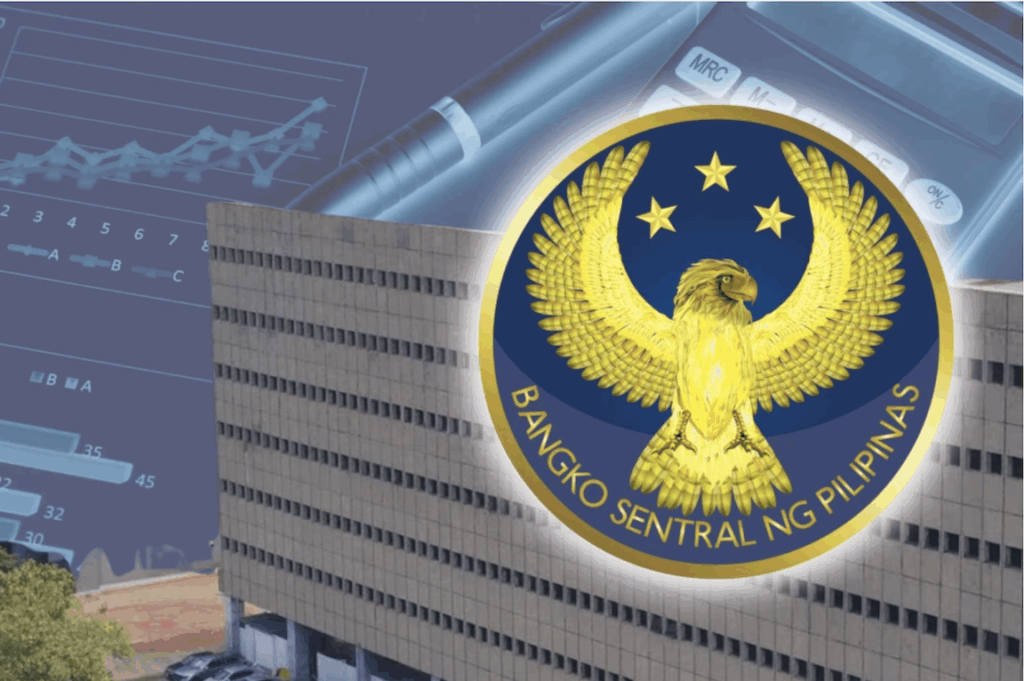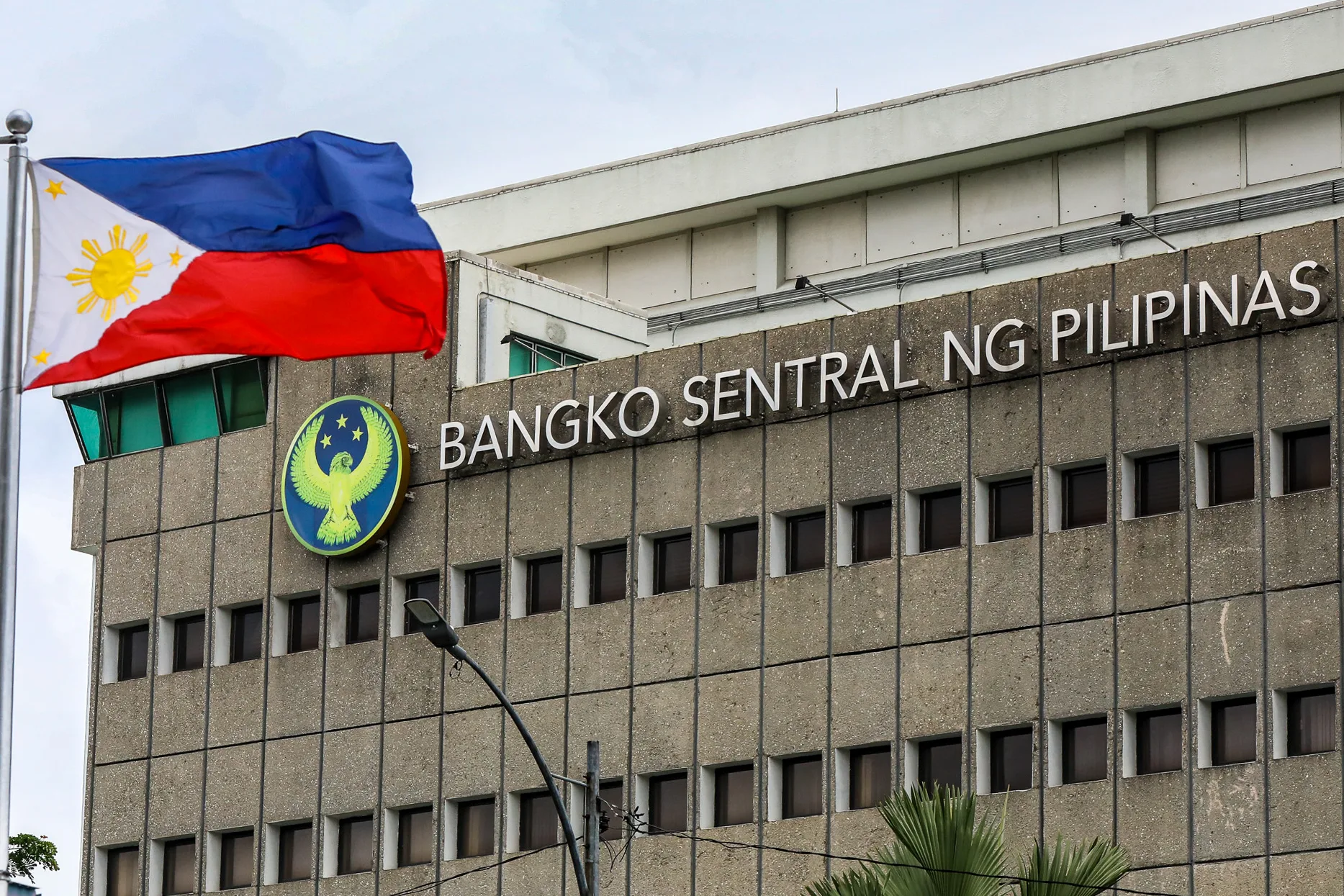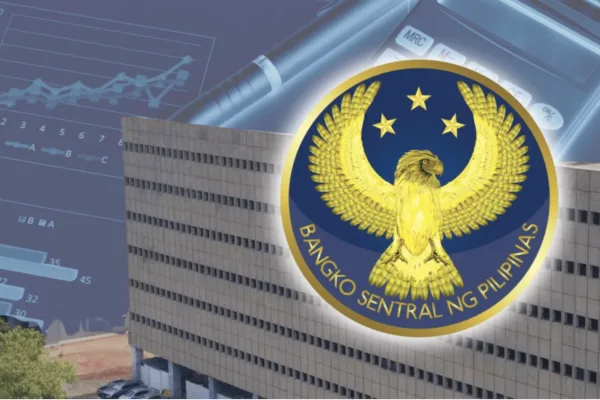The Bangko Sentral ng Pilipinas (BSP) has announced new interest rates for its Discount Window Facility (DWF), effective today, October 8, signaling an ongoing effort to balance economic stability while responding to evolving market conditions.
This move comes as the BSP continues to monitor inflation trends and global economic developments that could shape the country’s financial landscape in the near term.

Under the new rates, the BSP set the following interest rates for the DWF:
A. Peso
| Loan Maturity | Rate (%) |
| 1 – 90 days | 6.1794 |
| 91 – 180 days | 6.3588 |
B. United States (US) dollar
| Loan Maturity | Rate (%) |
| 1 – 90 days | 6.46965 |
| 91 – 180 days | 6.46965 |
| 181 – 360 days | 6.46965 |
C. Japanese yen
| Loan Maturity | Rate (%) |
| 1 – 90 days | 2.70164 |
| 91 – 180 days | 2.75844 |
| 181 – 360 days | 2.88250 |
These rates are aligned with the BSP’s overall monetary policy objectives, reflecting the current state of the Philippine economy. The peso rates are directly influenced by the BSP’s Overnight Lending Rate, while the US dollar and Japanese yen rates are determined by their respective benchmark rates.
As always, the BSP retains the flexibility to adjust the applicable spread on these rates based on shifts in market conditions and the country’s inflation outlook.
Stable inflation, but global pressures loom

The rate adjustments come at a time when the Philippines is experiencing relatively stable inflation. According to the BSP’s latest statement, September inflation stood at 1.7%, a slight increase from 1.5% in August but still within the BSP’s forecast range of 1.5% to 2.3% for the month.
This marks a continuation of the trend seen earlier in the year, with year-to-date inflation averaging 1.7%, well below the government’s target range of 2% to 4%.
The inflation uptick in September was driven by a rise in transport costs, as well as an increase in food prices due to adverse weather conditions that affected vegetable supplies. Despite this, rice prices continued their downward trajectory, benefiting from stable supply conditions, lower international prices, and government interventions aimed at maintaining price stability.
For the longer term, the BSP expects inflation to remain subdued in 2025, mainly due to lower rice prices. However, the central bank is cautious about potential inflationary pressures from higher rice tariffs and increasing global food prices. These factors, coupled with rising electricity rates, could pose risks to the inflation outlook, although the impact might be tempered by expectations of stable global oil prices.
Domestic demand remains resilient, but global risks persist

The BSP’s recent statement also noted that domestic demand in the Philippines has remained strong, with consumer spending and business activity continuing to support economic growth.
However, the Monetary Board expressed concerns about external risks, particularly from US trade and investment policies, which could dampen global economic activity and affect the Philippine economy.
This ongoing uncertainty in the global market could temper the nation’s growth prospects, making it more difficult for policymakers to navigate the balance between inflation control and fostering economic expansion.
As a result, the BSP’s decision-making will remain data-driven. In its upcoming policy meeting, the Monetary Board will review the latest economic data and reassess the impact of previous monetary actions.
This includes an evaluation of how recent adjustments to interest rates and other policy measures are influencing inflation and overall economic growth.
A tightrope walk for the BSP

The Philippines, like many other economies, is facing a delicate balancing act. On the one hand, the BSP must ensure that inflation remains under control to safeguard the purchasing power of Filipinos.
On the other hand, the central bank is aware that aggressive tightening of monetary policy could stifle economic growth, particularly at a time when domestic demand is still recovering from the effects of the global pandemic and supply chain disruptions.
In response to these challenges, the BSP is committed to maintaining price stability while supporting long-term economic growth and employment. The current moderate inflation environment has provided some leeway for the BSP to adjust interest rates without severely affecting the broader economy, but the outlook remains cautious.
Any future monetary actions will depend on how domestic and global conditions evolve in the coming months.
Looking ahead: Careful monitoring and strategic flexibility
As we move into the last quarter of 2025, all eyes will be on how the BSP navigates the complexities of inflation, interest rates, and external economic risks. The central bank’s proactive approach to policy adjustments and its readiness to recalibrate rates based on new data will be crucial in ensuring that the Philippine economy continues to grow at a stable and sustainable pace.
For now, the BSP’s decision to adjust the DWF interest rates reflects a measured response to current economic conditions, with a focus on maintaining balance in the face of domestic and global challenges.
As always, the central bank will continue to assess incoming information, keeping a watchful eye on inflation dynamics, fiscal policy, and global economic shifts that could shape the financial landscape in the years ahead.








